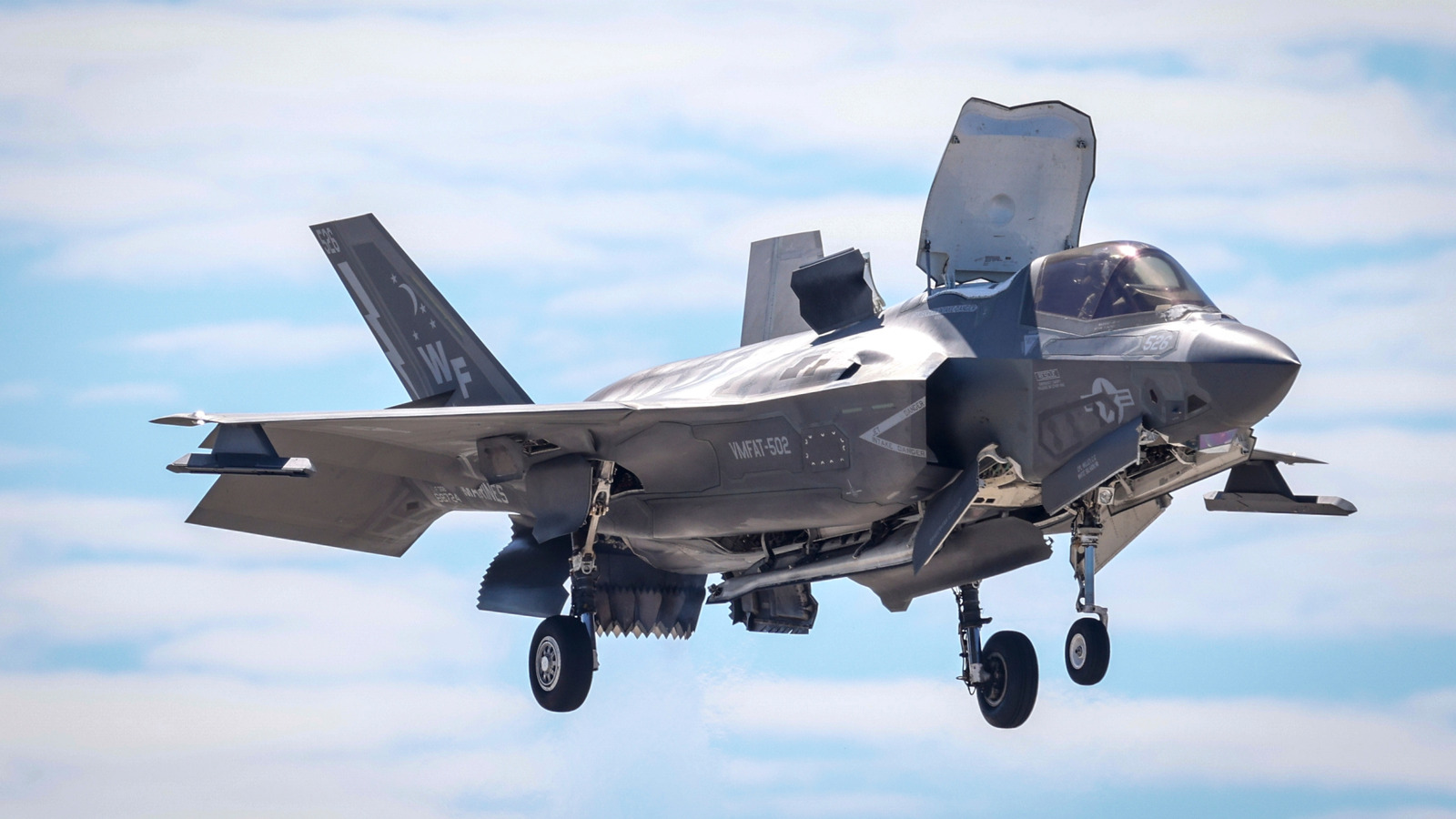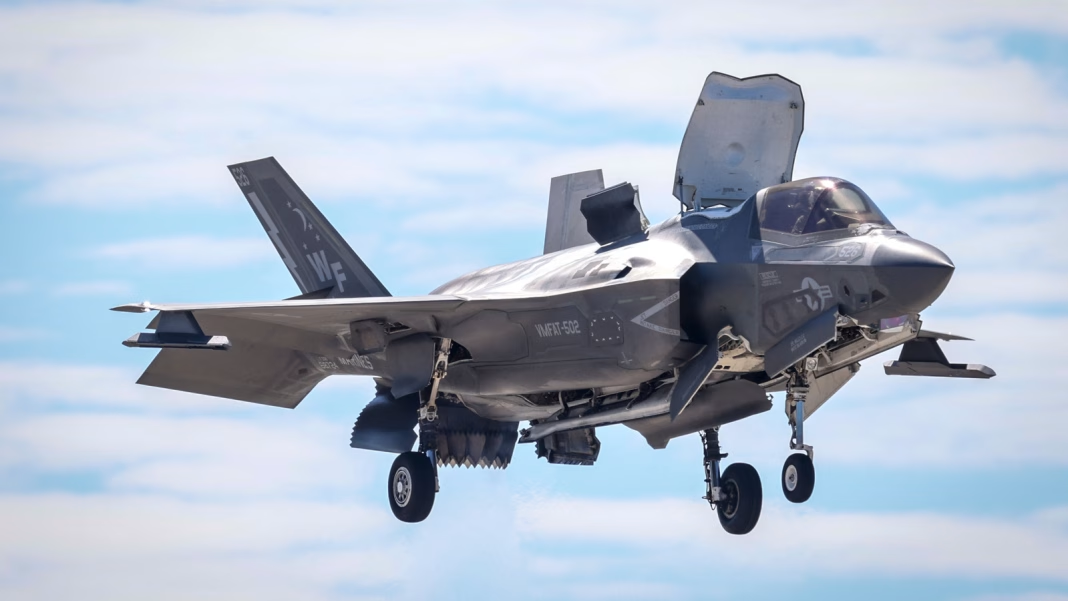The F-35B Lightning II is a marvel of modern engineering, particularly known for its short take-off and vertical landing (STOVL) capabilities. This feature sets it apart from traditional fighter jets, allowing it to operate from a variety of platforms, including aircraft carriers and smaller bases with limited runway space. But what exactly makes this aircraft so adept at performing these impressive maneuvers? Let’s dive into the mechanics and design elements that contribute to the F-35B’s unique abilities.
How Does the F-35B Achieve Short Take-Off and Vertical Landing?
At the heart of the F-35B’s STOVL capability is its innovative propulsion system. Unlike conventional jets that rely solely on jet engines for thrust, the F-35B incorporates a lift fan located behind the cockpit. This fan, combined with a rotating exhaust nozzle, allows the aircraft to transition seamlessly between horizontal flight and vertical landing. When it’s time to take off or land, the pilot can redirect the thrust downward, enabling the aircraft to hover or ascend vertically.
This dual-thrust approach is a game-changer. The lift fan provides additional thrust during take-off, allowing the F-35B to operate in environments where traditional jets would struggle. Imagine needing to launch from a small ship or a makeshift airstrip; the F-35B makes that possible, giving military strategists a significant tactical advantage.
What Role Do Design Features Play?
The design of the F-35B is meticulously crafted to enhance its STOVL capabilities. The aircraft features a unique wing design that optimizes lift and stability during vertical flight. Additionally, the use of advanced materials, like composite structures, reduces weight without sacrificing strength. This lightweight construction is crucial for achieving the necessary thrust-to-weight ratio for effective vertical operations.
Moreover, the F-35B is equipped with sophisticated avionics and flight control systems that assist pilots in managing the complexities of STOVL flight. These systems provide real-time data and feedback, ensuring that even less experienced pilots can operate the aircraft safely and effectively in various conditions.
Why Is This Capability Important?
The ability to take off and land vertically opens up a world of operational flexibility. For instance, the F-35B can be deployed on smaller naval vessels that lack the extensive deck space required by traditional aircraft. This means that naval forces can maintain air superiority in regions where larger carriers cannot operate.
Additionally, the STOVL capability allows for rapid deployment in combat situations, enabling forces to respond quickly to emerging threats. The versatility of the F-35B makes it an invaluable asset in modern warfare, where adaptability can mean the difference between success and failure.
Real-World Applications and Success Stories
The F-35B has already demonstrated its capabilities in various military exercises and operations. For example, during NATO exercises, the F-35B showcased its ability to operate from the HMS Queen Elizabeth, a British aircraft carrier. This not only highlighted the aircraft’s STOVL capabilities but also emphasized the importance of joint operations among allied forces.
Furthermore, the F-35B has been deployed in real-world scenarios, providing air support and intelligence gathering in conflict zones. Its ability to operate from austere locations has proven critical in ensuring that military operations can continue without the need for extensive infrastructure.
What’s Next for the F-35B?
As technology continues to evolve, the F-35B is likely to see further enhancements. Ongoing upgrades to its avionics, weapon systems, and overall performance will ensure that it remains at the forefront of military aviation. Additionally, as more countries adopt the F-35B into their fleets, we can expect to see innovative tactics and strategies that leverage its unique capabilities.
The big takeaway? The F-35B’s short take-off and vertical landing capability isn’t just a technical achievement—it’s a strategic advantage that redefines modern air combat. By embracing this technology, military forces can adapt to the ever-changing landscape of warfare. So, whether you’re a military enthusiast or just curious about cutting-edge aviation technology, the F-35B is a fascinating example of how innovation can shape the future of defense.


